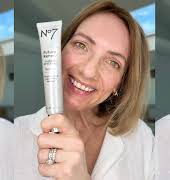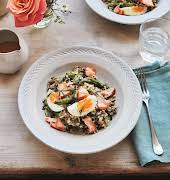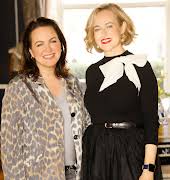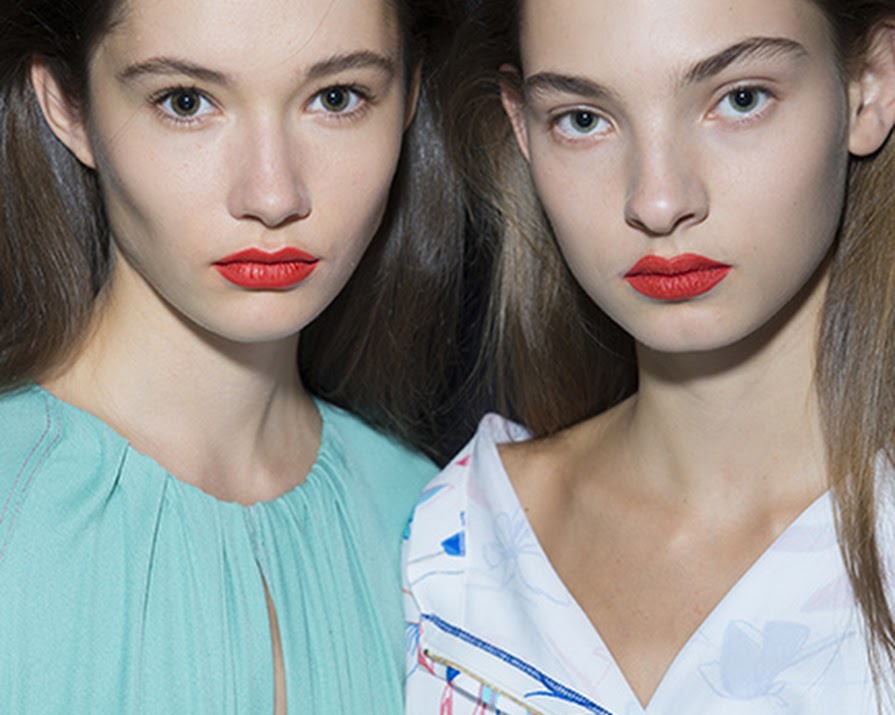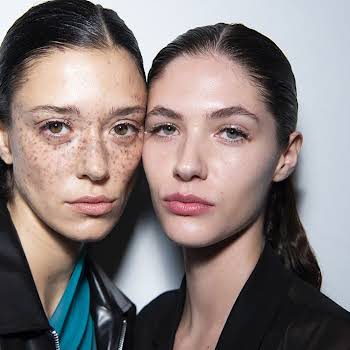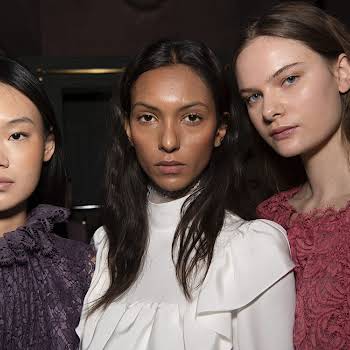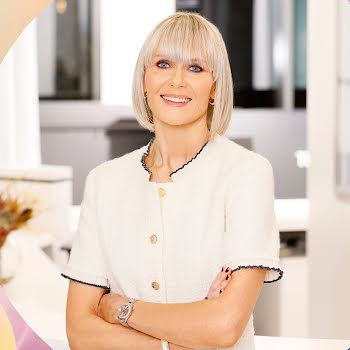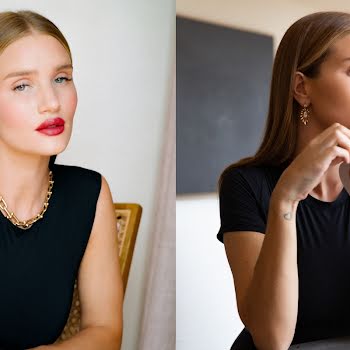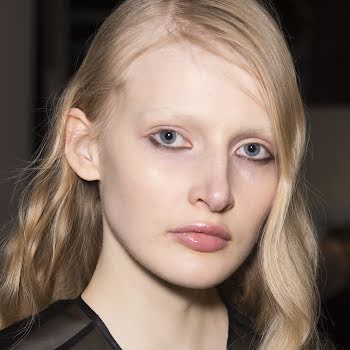
By IMAGE
24th Sep 2017
24th Sep 2017
Think serums are just a fad? JENNIFER ROCK says they’re a real game-changer, if you know how to use them…
Serums… Lotions… Essences… Is it a fad? Are they really worth it? What are they? These are some of the most common questions I’m asked – and the concern is valid. It’s easy to see why women are perplexed. One brand says X, another says Y. But let’s set the record straight once and for all – let’s talk ingredients, what to expect, when to use a serum, why you should use one, and its role in your regime.
WHAT ARE SERUMS?
Serums are a true skincare game-changer. Why? When addressing our main concerns – be they lines, wrinkles, pigmentation, redness, dark circles or irritation – serums are results-driven, challenging the skin in a way no cleanser or mask ever could. Serums are typically lightweight, and feel a little sticky or tacky. This is what makes them far superior to a moisturiser. The reason is that the skin’s prime function is to act as a barrier to the elements, it is not designed to allow penetration of foreign objects into the skin. So with that in mind, it follows that the thicker the product, the more it sits onto?the skin and does not penetrate, ie it does not infiltrate past the dead protective layer. As a result, a thick
As a result, a thick moisturiser cannot physically change the function of the skin. But the damaged layers are located deeper in the skin. A moisturiser can, therefore, hydrate (which is good, as we all want plumped-up skin), but it cannot target the area where the damage occurs. In contrast, a serum is thin enough to penetrate and target the skin at a cellular level, where the damage occurs. So a serum can actually create real changes deep into the skin.
So, knowing a serum is so superior, the question is then – do we really need a moisturiser? If you love the feeling and sensation of a product on the skin, then yes, it locks in moisture and prevents the elements irritating the skin – it’s valuable in that way. But it really just acts as an occlusive Tupperware- like seal for the lower living layers.
WHAT TO LOOK FOR
Think about your main concern and look for these key ingredients in your products…
FOR AGEING Look for vitamins A and C as key ingredients; vitamin A is written as retinol/retinyl palmitate/ retinyl acetate, retinaldehyde, while vitamin C is written as L-ascorbic acid, tetraisopalmitate magnesium sulphate. These two ingredients have the ability to trigger and synthesise collagen and elastin (the anti-ageing proteins in the lower layer of the skin). Vitamin A is the holy grail of anti-ageing, but it must be respected accordingly.
FOR PIGMENTATION Look for kojic acid, vitamin C and E, daisy flower, arbutin, liquorice and mulberry.
FOR REDNESS Research vitamin C, probiotics, bioflavonoids, and antioxidants, as they strengthen the capillary walls.
FOR DRY SKIN You may need to consider a hyaluronic-based product as it simply swells the tissue and pumps moisture back in – it doesn’t fix any other underlying issue, but it can help ingredients applied afterwards to sink deeper into the skin.
FOR EXFOLIATION / A QUICK FIX The word acid may panic you somewhat, as it conjures up images of burning and harshness. However, the skin is acidic and accepts topical acid in moderation. For this reason, I encourage AHA usage if the skin needs a quick SOS, is sun damaged (years of sun damage, not sunburn!), thickened or scarred, or to replace gritty exfoliants, which can irritate the stratum corneum, ie the top layer of the skin, exposing it to more damage long term. To be fair, an acid can irritate the skin too if over-used or used in sunlight, but it is more respectful of the skin, as it trickles through the top layers and encourages the skin to start its own exfoliation process.
HOW TO USE THEM
The practice of multi-layering – applying two or more serums in succession with a view to treating more than one concern – is a concept loved by top beauty editors, models and South Koreans – have you seen a South Korean woman’s bathroom cabinet and then her skin? Flawless!
Like with the ingredients in food, each ingredient in a skincare product has a few benefits, but no one ingredient will address all, and so a mix of serums is often suggested.
Always apply the serum in order of thickness, starting with the thinnest and finishing with the thickest. If you apply the other way around, the product will not physically pass through and serves little to no purpose. View your beauty products as your toolkit – you need different tools for different jobs, so it’s good to have a few serums on the go. Skincare does not need to be monogamous – not when it comes to serums and results.
Instead, search by ingredient. Look for the active ingredient that can address your concern, and make sure it’s within at least the top ten ingredients on the back of the bottle. Too many products are marketed as containing a certain ingredient, but on further inspection, it turns out it contains a negligible amount. Start by asking yourself your main concern and then referring to the box opposite for the key ingredients.
A quick note regarding age. Some people think a serum is just for anti-ageing – this is not the case. There is no set age to start using serums, as usage depends on the concern; for example, a teen may be conscious of spots and scarring.
Serums are really a long-term gain as opposed to investing in a product that smells divine and feels great. Prices vary from brand to brand, but it’s best to get into the habit of using them daily in place of moisturisers or in addition to. Be sure to read the product labelling, use correctly, apply in the correct order – after cleansing, before SPF or moisturiser, and take photos to monitor the benefit within 28-42 days. Remember to query the ingredients, layer them if needed, alternate as you see fit and always seek advice from a skin expert to guarantee their correct usage.
Main image: Jason Lloyd-Evans


